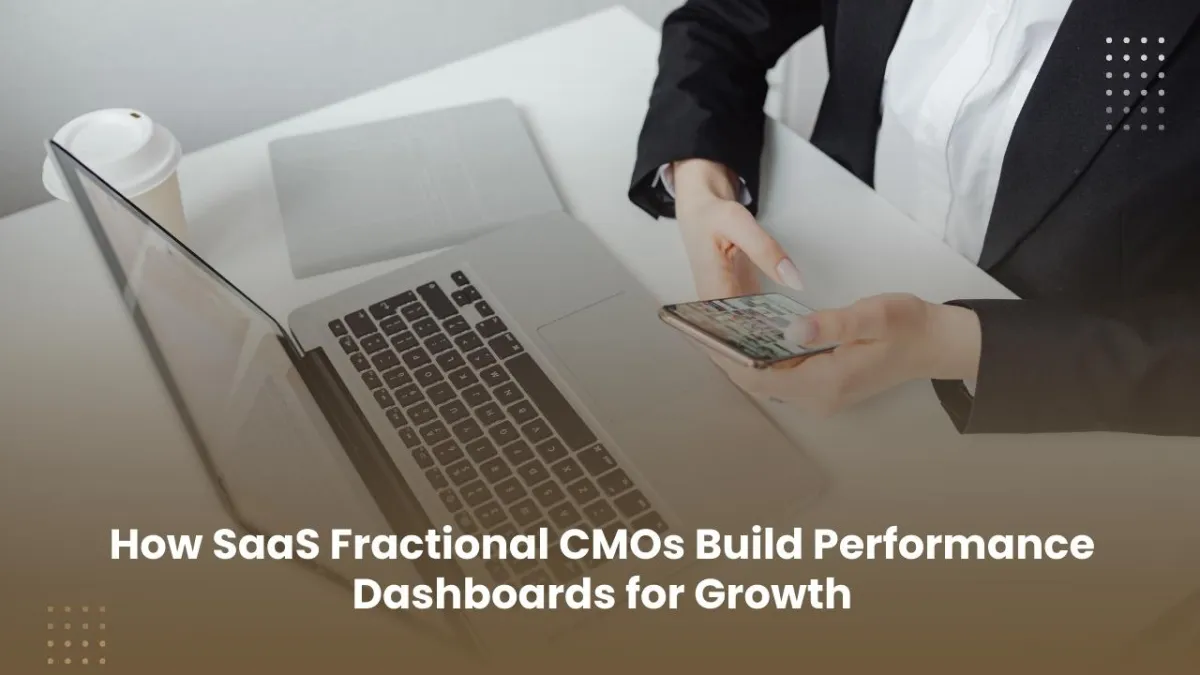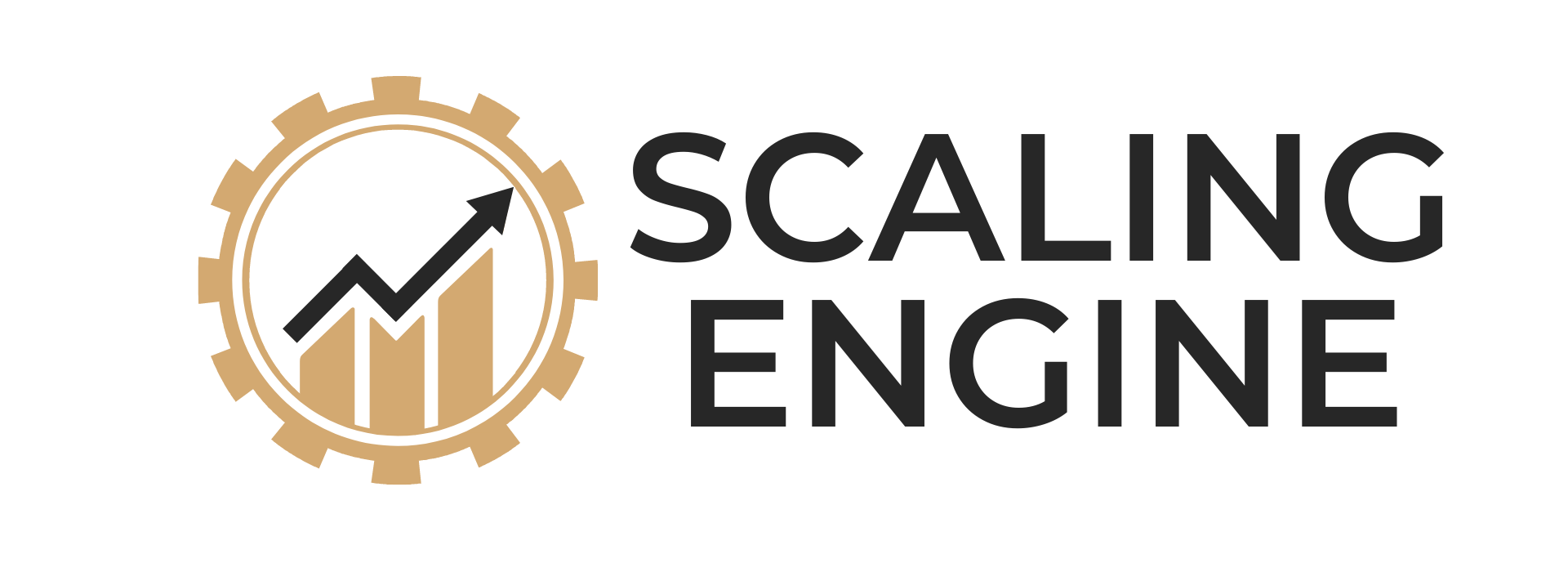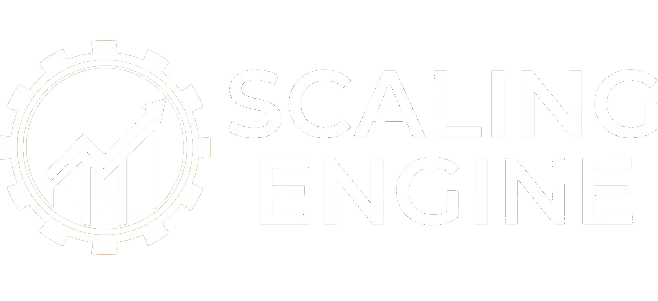
How SaaS Fractional CMOs Build Performance Dashboards for Growth
How SaaS Fractional CMOs Build Performance Dashboards for Growth
A SaaS Fractional CMO plays a critical role in driving growth by leveraging data to make informed marketing decisions. One of the key responsibilities is developing performance dashboards that consolidate essential metrics, provide real-time insights, and optimize marketing efforts. These dashboards serve as a strategic tool for startups, B2B businesses, and marketing agencies aiming for scalable and measurable growth.
This article explores how a SaaS Fractional CMO builds performance dashboards, the key components, and the tools used to enhance decision-making.
Why Performance Dashboards Matter for SaaS Growth
A performance dashboard acts as the central hub for all marketing and sales data, enabling businesses to make data-driven decisions. Without a well-structured dashboard, businesses often face challenges in tracking ROI, optimizing marketing spend, and identifying growth opportunities.
A well-designed dashboard helps:
Align marketing efforts with business objectives
Track customer acquisition cost (CAC) and lifetime value (LTV)
Measure conversion rates across different channels
Optimize ad spend for better ROI
Identify customer churn risks and improve retention strategies
For B2B startups and CMO agencies, performance dashboards are essential for scaling marketing efforts efficiently.
Key Components of a SaaS Performance Dashboard
A SaaS Fractional CMO structures a dashboard around key performance indicators (KPIs) that provide a clear picture of marketing, sales, and revenue performance. The following are the core components:
Traffic and Lead Generation Metrics
Understanding where traffic originates and how leads convert is essential. Metrics to track include:
Website Traffic Sources: Organic, paid, direct, and referral traffic
Click-Through Rate (CTR): Performance of paid ad campaigns
Conversion Rate Optimization (CRO): Visitors converting into leads
Lead-to-Customer Ratio: Percentage of leads that become paying customers
Customer Acquisition and Cost Analysis
Optimizing customer acquisition ensures profitability. Important metrics include:
Customer Acquisition Cost (CAC): Marketing spend divided by new customers acquired
Marketing ROI: Revenue generated from marketing efforts
Cost Per Lead (CPL): Efficiency of different acquisition channels
Sales Funnel Performance
Tracking the sales funnel ensures lead quality and sales efficiency. Metrics include:
Lead-to-SQL (Sales Qualified Lead) Conversion Rate
Average Sales Cycle Length
Demo/Trial Conversion Rates
Customer Retention and Churn Management
Reducing churn is a major focus for SaaS businesses. Key retention metrics include:
Customer Churn Rate: Percentage of customers lost over time
Customer Lifetime Value (LTV): Projected revenue from a customer
Net Promoter Score (NPS): Customer satisfaction and brand advocacy
Revenue and Growth Metrics
A SaaS Fractional CMO ensures revenue tracking is accurate and growth-oriented. Essential KPIs include:
Monthly Recurring Revenue (MRR) and Annual Recurring Revenue (ARR)
Expansion Revenue: Upsells and cross-sells
Gross and Net Revenue Retention: Revenue stability and growth potential
Marketing Campaign Performance and ROI
Every campaign must be assessed for effectiveness. This involves tracking:
Return on Ad Spend (ROAS): Performance of paid media
Email Open and Click Rates: Effectiveness of email marketing campaigns
Organic vs. Paid Performance: Comparing customer acquisition strategies
Best Tools for Building Performance Dashboards
A SaaS Fractional CMO selects tools based on the business’s needs. Some of the most effective tools include:
Google Analytics 4 (GA4): Website traffic and engagement analysis
HubSpot and Salesforce: CRM and sales pipeline tracking
Looker Studio (Google Data Studio): Custom reporting dashboards
Tableau and Power BI: Advanced data visualization and business intelligence
Segment and Mixpanel: Customer behavior analytics
Zapier and Automations: Data integration across platforms
Choosing the right combination of tools ensures accurate reporting and real-time decision-making.
How SaaS Fractional CMOs Approach Dashboard Development
A B2B fractional CMO follows a structured process to build dashboards that align with business goals. The key steps include:
Defining Key Metrics: Identifying the most relevant KPIs for growth tracking
Data Source Integration: Connecting CRM, analytics, and marketing platforms
Dashboard Framework Setup: Designing the layout and data visualization structure
Automated Data Updates: Ensuring real-time data sync for accurate reporting
Continuous Optimization: Adjusting dashboards based on performance insights
With a well-defined approach, fractional CMOs for startups can ensure that businesses have actionable data at their fingertips.
Advanced Dashboard Strategies for Growth Optimization
Aligning Performance Dashboards with Business Goals
A SaaS Fractional CMO ensures dashboards are directly tied to business objectives. A successful dashboard aligns with:
Revenue Growth Targets: Ensuring marketing and sales efforts contribute to revenue
Customer Retention Strategies: Improving LTV and reducing churn
Campaign Optimization: Adjusting strategies based on data-driven insights
By aligning dashboards with business priorities, decision-makers gain clear visibility into what drives success.
Customizing Dashboards for Different Stakeholders
A well-structured dashboard provides customized views for different teams:
Executive Team: High-level revenue and growth insights
Marketing Team: Lead generation, campaign ROI, and audience engagement
Sales Team: Pipeline health, close rates, and customer retention metrics
Product Team: User behavior and feature adoption rates
Customization ensures that each department can make data-backed decisions.
Optimizing Dashboard Usability and Readability
To ensure maximum impact, a SaaS Fractional CMO focuses on dashboard usability by:
Using Clear Visuals: Charts, graphs, and heatmaps instead of raw data tables
Limiting Data Overload: Focusing on key metrics rather than excessive numbers
Enabling Real-Time Reporting: Automated data sync for up-to-date insights
A well-designed dashboard should be easy to interpret and actionable.
Advanced KPI Monitoring for Scalable Growth
A CMO agency or a fractional CMO for startups needs to track advanced KPIs beyond basic metrics:
Customer Engagement Score: Tracks interactions and engagement levels
Predictive Churn Analysis: Uses AI and historical data to anticipate churn risks
Multi-Touch Attribution: Measures how different marketing touchpoints influence conversions
Account-Based Marketing (ABM) Performance: Assesses impact on high-value B2B accounts
These advanced KPIs help refine strategies for maximum efficiency.
Turning Dashboard Insights into Actionable Strategies
A dashboard is only valuable if it leads to actionable insights. A SaaS Fractional CMO ensures that data drives:
Budget Allocation Adjustments: Shifting resources to high-performing channels
Campaign Performance Optimization: Refining messaging and targeting based on results
Product and Service Enhancements: Identifying trends and feedback for continuous improvement
Data-driven decision-making ensures consistent growth and scalability.
Conclusion: The Role of a SaaS Fractional CMO in Scaling Growth
A SaaS Fractional CMO is instrumental in developing and optimizing performance dashboards. By focusing on key metrics, automation, and actionable insights, these professionals empower businesses to scale efficiently and maximize marketing ROI.
For startups, B2B brands, and CMO agencies, a performance dashboard is more than just a reporting tool—it’s a strategic growth engine that ensures data-driven success.
Contact Us
Need help building a customized performance dashboard for your SaaS business? Work with a SaaS Fractional CMO to develop a data-driven marketing strategy that scales. Contact Scaling Engine today for a consultation.


